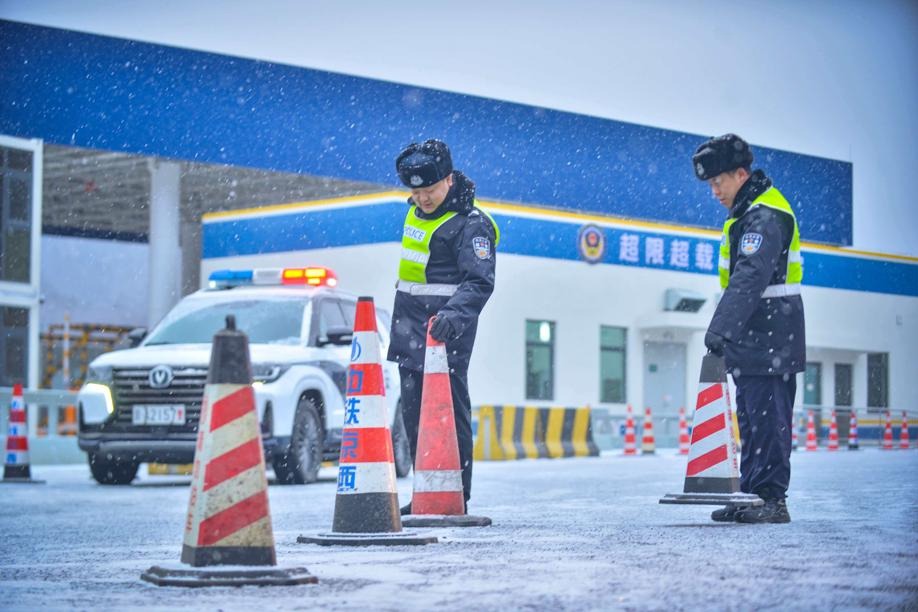Fujian warnings helpful during quake in Taiwan

About 26 seconds after a 6.4-magnitude earthquake struck in the sea off Yilan county in Taiwan at 5:28 am on Thursday, residents in Fujian province across the Taiwan Straits received early warning information from the Fujian Earthquake Agency.
The epicenter, at a depth of 30 kilometers, was detected by the agency immediately after the earthquake struck. A few seconds later, it published the earthquake's intensity and estimated time of arrival through its mobile phone application and early warning terminals.
According to media reports, the earthquake that rattled Taiwan killed one woman and caused temporary power outages that affected over 10,000 homes around Taipei.
The quake was felt in coastal areas of Fujian province, but 30 to 81 seconds before the seismic wave arrived there, the agency issued early warning information to 70,000 mobile phone users and 5,898 early warning terminals, which provided residents with precious time to take emergency measures.
"I saw a pop-up on my phone reporting that the seismic wave would arrive in 45 seconds as I was ready to get up in the morning, so I hid under a table immediately. Fortunately, there was only some shaking," said Wang Simo, a tourist in Quanzhou, Fujian province. He had installed the early warning application a few months ago.
Tectonic plate movements in the earth's crust produces earthquakes and generates two waves: a fast-spreading primary wave that has low destructive power, and a surface wave which is the main trigger for earthquakes but travels slower.
A seismometer in a monitoring station can detect the frequencies of both waves. As a primary wave travels at about twice the speed of a surface wave, the monitoring station will analyze the data and provide the estimated time and intensity of an imminent earthquake to the public seconds before the destructive surface wave arrives. The whole process occurs within a second.
After the devastating 2008 earthquake in Wenchuan, Sichuan province, which killed nearly 70,000 people, the country began paying more attention to early warning technology for earthquakes.
In August that year, the China Earthquake Administration established a national science and technology support program for early warning measures.
The mobile phone app and terminal are important parts of Fujian's early earthquake warning system, and are also portions of the National Seismic Intensity Rapid Reporting and Early Warning Project, a nationwide program that studies the key practical technology of seismic intensity rapid reporting which was approved by the central authorities in 2017.
The Fujian agency has played a significant role in China's early warning program because its director general became the lead expert of the national program, and early earthquake warnings are produced with strong support from the agency.
"Fujian has the most advanced and most widely distributed monitoring stations in China," said Wang Qingping, chief designer at the agency's Emergency Command and Publicity Center. "By 2020, we will have more than 1,300 different types of monitoring stations across the province, which means one will be situated every 10 km. I believe the warning time will be more accurate and faster in the future."
"But people need to understand that the system is for early earthquake warnings, not forecasts," said Guo Hao, director of the Fujian agency's executive office. "We cannot predict earthquakes; therefore, we should learn more about individual protection and improving the awareness of disaster prevention. You need to know what to do after receiving early earthquake warnings."
- China willing to advance just and equitable global anti-corruption system
- Chongqing hosts Silver Age fashion model competition
- Hengshan Mountain glistens with iconic winter rime scenery
- Ningbo hospital staff disciplined following pediatric surgery death
- Mainland warns Taiwan leader against provoking conflict
- Former senior official of Shenzhen under investigation





































